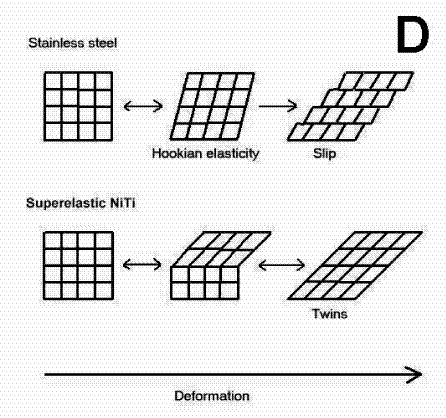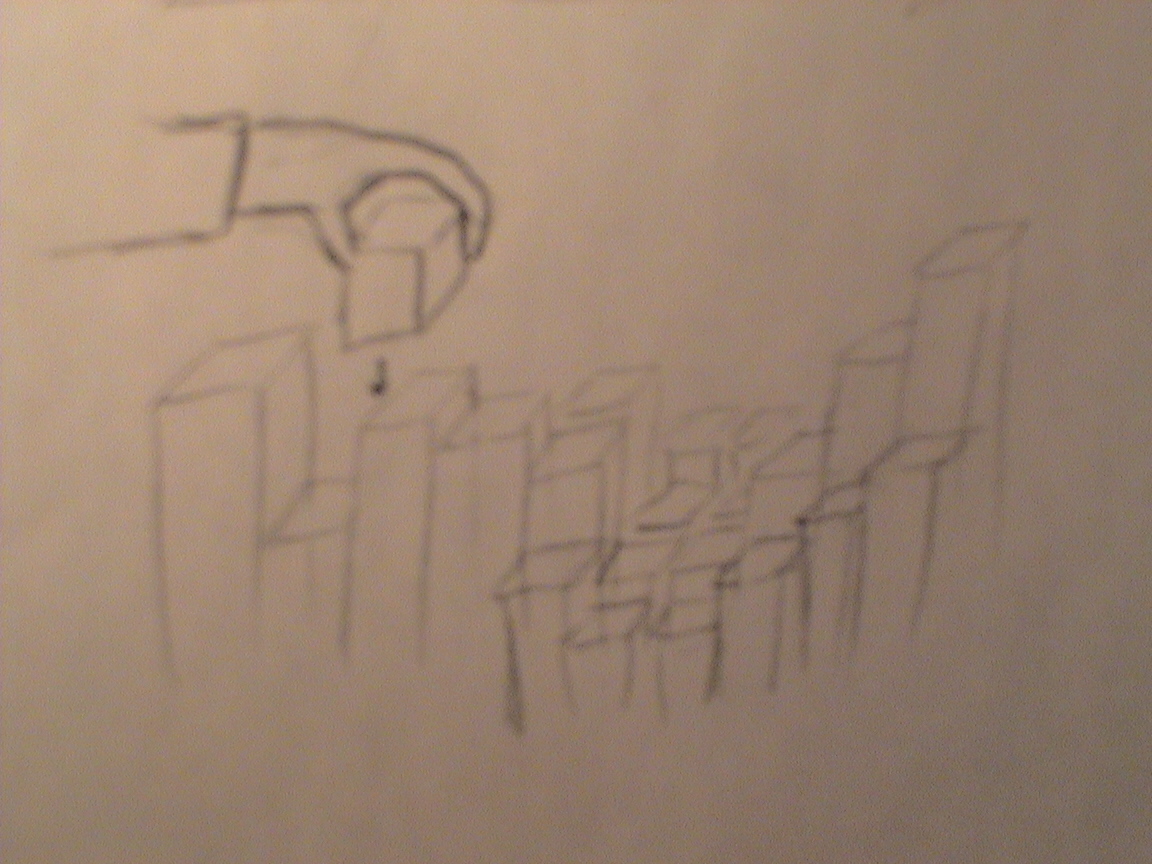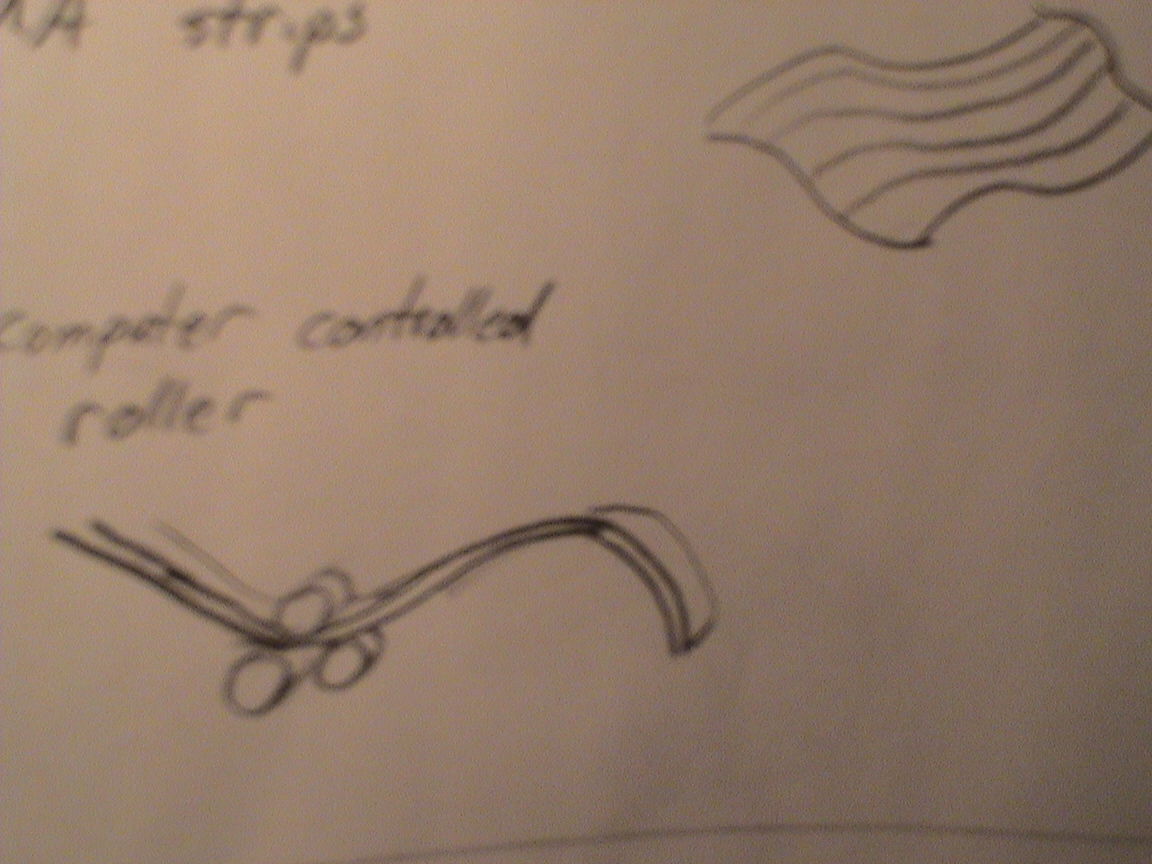Re-configurable mold
for complex surfaces using shape memory alloys
When using molds for sheet stamping,
injection molding, or even thermoforming, custom molds for each unique component
must be fabricated for that component only. This works fine for high volume
fabrication of parts in which the cost benefit eventually balances itself out
after production of many parts. However, for fields such as architecture and
other applications that only require low volume or even one-time uses, this
process of creating hundreds of individual molds can be costly.
Therefore, creating a re-configurable
mold that can reform to any surface shape would be extremely beneficial:
Less prep time - an automated system
for the surface adjustment could save time from milling out a surface from
a block
Lower cost - not paying for fabrication
of each mold
No waste - after use, most mold
serve no other purpose and are discarded.
Depending on the mold properties, materials can be recycled, which still adds
on additional time and cost.
I am proposing to use shape memory
alloys as a template to create re-configurable molds. Shape memory alloys are
metals that exhibit two unique properties, pseudo-elasticity, and the shape
memory effect. These alloys experience solid state phase change in which the
crystalline structure undergoes parallel registry and flexes under stresses
instead of shearing, which is irreversible in solid state.


Because of these unique properties SMA's can be deformed into multiple shapes
yet always resume its original shape once heated to a certain temperature. I
would like to experiment creating a machine that deforms the SMA to a desired
complex double-curved surface, uses it a mold for a necessary number of applications,
then when finished heats the SMA to return it to its original flat shape, ready
to be used again.
Functional Requirement: Create any double curved sheet
Design Parameter:
- Best-fit curve and surface fitting
- Current induced heating
…or hot bath heating
- Clamp/Iron press for 2-D alloys
Analysis:
- "one way effect" also "shape memory effect"
- Transformation temps - Austenite and Martensite - phase transformation
References: http://herkules.oulu.fi/isbn9514252217/html/x317.html
http://www.cs.ualberta.ca/~database/MEMS/sma_mems/sma.html
http://www.memory-metalle.de/html/03_knowhow/04_glossay.asp
Risks: High temperatures or current may be a danger to user if not
properly shielded
Countermeasures: Enclosed and insulated components
Now the challenge that presents itself is how to manipulate
the shape memory alloy template to a desired shape. Depending on the type mold
(injection mold, thermoforming, or stamping) the can be reformed various ways….
The simplest crude approach eliminates any CNC type of application and requires
the "carpenter" to deform the alloy by hand.
The next step up could require the
user to place rods/blocks of various heights in a sequence that would simulate
a best-fit curve. Although the process is not automated the rod or block orientation
could be driven by a computer model, giving a stack-by-number template to the
user. This best fit stack serves as a pre-mold to deform the shape memory alloy
to. Given a thick enough sheet, the alloy serves as a buffer from the rough
best-fit surface to a smooth surface.


Another way to approach the problem
is to divide the surface into rollable strips. After digitally dividing the
sheet up and computing its curvature, this info would be translated to mechanical
metal rollers that would alter their orientation to output various curves. Each
SMA curved strip would then be reassembled to form a best-fit sheet. This surface
would not be a true uniform surface; however, depending on the material being
formed, the resulting ridges may not be prominent.
Adding more complexity, using threaded
rods (screws) to create a best-fit surface could also work. A SMA sheet could
be pressed down or rolled out on this screw/piston bed or stamped between two
beds. Using the later method the beds could also move in the X-Y direction while
synchronistically altering each screw/piston in the Z direction to "massage"
the shape memory alloy to the correct geometry.

One way to add some of the given
options together is to sandwich the desired material to be manufactured between
two SMA sheets. These three sheets would together be stamped by a best-fit re-configurable
mold. As mentioned before, the SMA would act as a buffer to translate a smooth
surface to the manufactured piece. Once the stamping is complete, the manufactured
sheet is removed and the SMA buffer sheets are heated, returning to their original
[flat] geometry.


